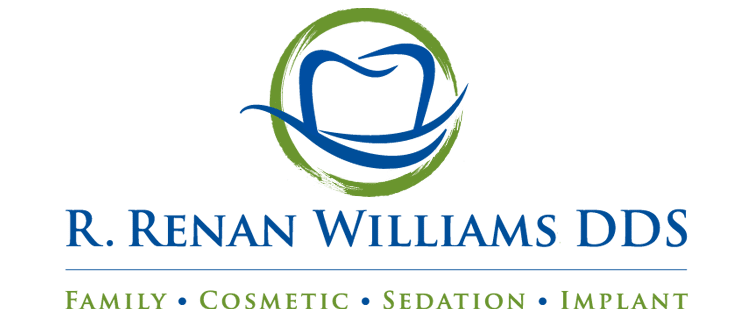Effective teeth brushing is an important part of maintaining your oral health. Depending on your age, you probably learned how to brush your teeth as a child. Maybe your parents taught you, or you learned from your dentist, or even at school.
You’ve been brushing your teeth for a long time, so surely you know how to do it properly, right? Find out for sure with this guide to proper teeth brushing technique.
Choosing the Right Toothbrush
The first step in proper tooth brushing technique is using the right toothbrush. Dentists recommend a soft-bristled toothbrush that will remove food residue and plaque without damaging your tooth enamel. There are many different brush head shapes and angles, as well as different bristle configurations. Ask your dentist if there is a specific type of toothbrush they would recommend for your needs.
An electric toothbrush is an advanced option that has many benefits. It provides even pressure across all of your teeth and may remove more plaque than a manual toothbrush. It is especially helpful for children who are still learning to brush effectively. Many even include a timer to help you brush long enough.
Choosing the Right Toothpaste
It is important to use toothpaste that contains fluoride. Fluoride is a mineral that naturally hardens tooth enamel to help protect teeth from decay. Consider the other ingredients in your toothpaste. Baking soda is contained in a lot of toothpastes, but it can be abrasive and may wear down enamel and irritate gum tissue. Every toothpaste seems to include whitening agents, but using whitening toothpaste too much could damage your teeth. If your teeth are sensitive, toothpaste for sensitive teeth may provide relief.
Brushing Technique
When it comes to manually brushing your teeth, it is important to use multiple techniques. Move the toothbrush back and forth across your teeth, making sure to brush every surface of the tooth on all sides. Then move the toothbrush in a circular motion across your teeth, making sure to brush along the gumline. You should brush for at least 2 minutes, spending about 30 seconds on each quadrant of your mouth.
How Often To Brush Your Teeth
You should brush your teeth twice a day, once in the morning and once at night. In the morning it is best to brush after you eat breakfast to remove food residue from your teeth. Brush your teeth at night before going to bed to remove food residue and plaque that has settled on the teeth throughout the day. Try not to eat anything after brushing your teeth at night.
Learn More About Brushing From R. Renan Williams, DDS
In addition to brushing your teeth at home, regular teeth cleanings by a dentist are necessary to maintain your dental health and overall wellness. If it’s been more than 6 months since your last dental visit, its time to schedule an appointment with R. Renan Williams, DDS. We can assess the current condition of your teeth and offer tips to help you keep your teeth clean between dental visits.
To learn more, call 817-281-4801 or contact us today to schedule an appointment.
Frequently Asked Questions About Brushing Teeth
Can you brush your teeth too much?
Yes, it is possible to brush your teeth too much. Brushing more than 3 times a day can cause irritation to your gum tissue and may even damage your tooth enamel. If you prefer to brush after you eat, just be sure to do so after each meal and no more.
When can children brush their own teeth?
It is important to teach proper brushing technique from a young age, but young children will need assistance with brushing until they have mastered the ability to do it on their own. Model good brushing skills and consider brushing your child’s teeth after they do to catch any missed spots.

